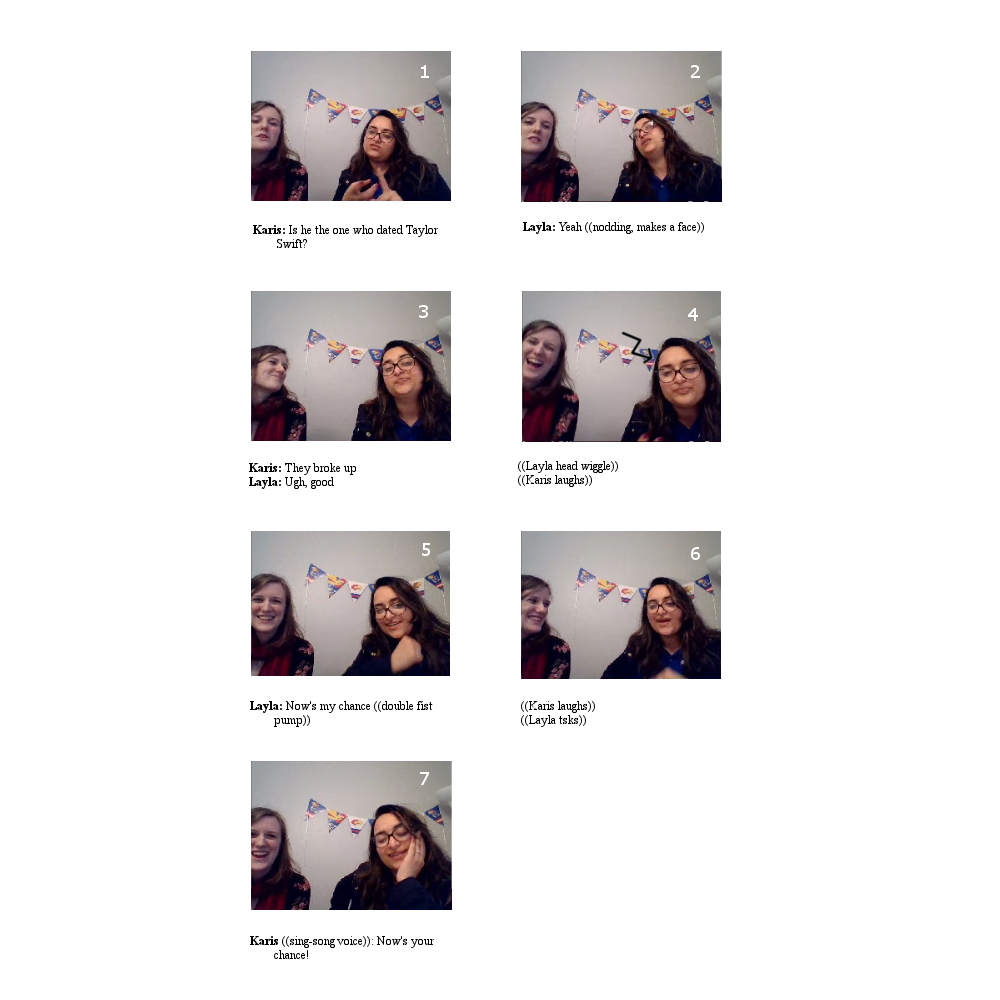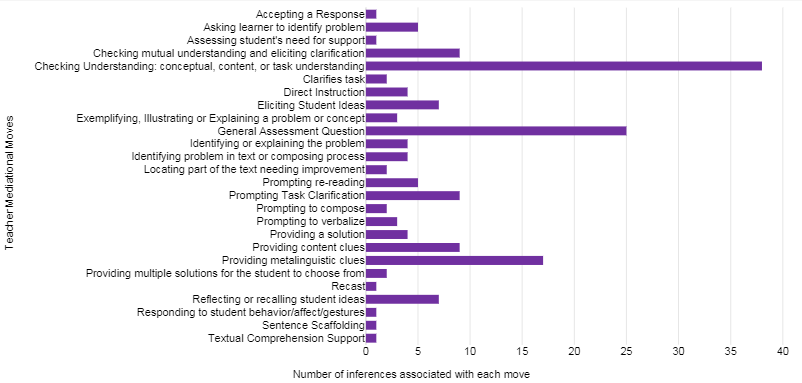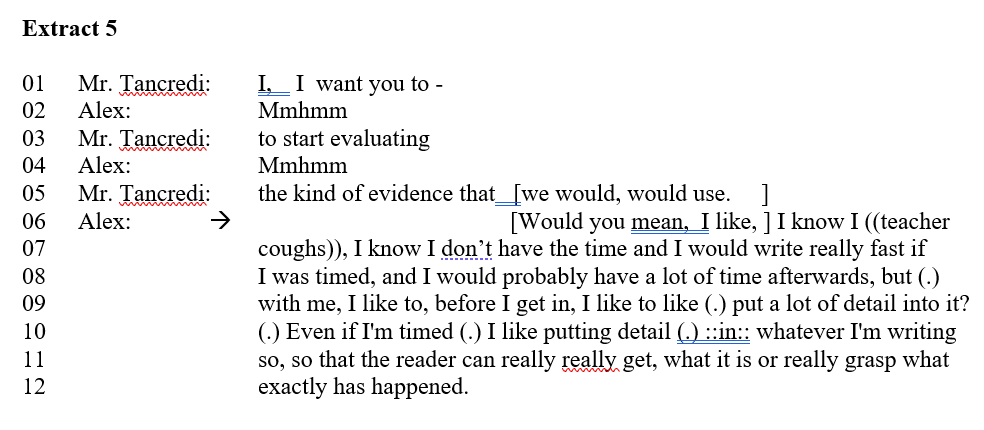
Research Methods
Participatory Design.
My dissertation was a social design experiment collaborating with an urban public-school classroom to engage the passionate fan literacies of youth and support consequential learning. I studied how an artistic Puerto Rican young woman viewed as a “struggling writer” by some of her teachers remixed academic and fandom repertoires in ways that allowed her to achieve meaningful literacy goals relating to school, fandoms, relationships, and her future career. I also traced ways that young Black and Latinx women in the course sustained affective resonances (Phillips & Killian Lund, 2019) around texts that they loved despite ways white and/or male youth critiqued their passions. This research on how these youth made sense of learning across spaces and the barriers that they encounter in academic institutions has equity-based implications for supporting culturally relevant and asset-based curriculum and instruction in classroom spaces.
Additionally, I design multimodal and digital learning ecologies for my undergraduate pre-service teachers, studying the ways that these spaces support their learning (Jones, 2020; Woods & Jones, 2020), including co-generative research that engages my emerging teachers in the research process itself (Jones, Storm, Castillo & Karbachinsky, 2021; Jones, Karbachinsky & Castillo, in preparation). .
Ethnography.
I have been collecting video and screencast data of youth’s cultural participation in out-of-school affinity spaces—discourse communities often housed in and across digital media spaces centered around youth-centric and multimodal “texts.” This includes a study tracing unfolding Tumblr content around an updating TV show; a study interviewing a young Egyptian woman about her love of One Direction; a YPAR (Youth Participatory Action Research) study of queer BIPOC youth-led Dungeons & Dragons group in a local public school; and a multi-year video ethnography of the embodied literacies of a queer woman cosplayer.
Mixed Methods.
I was hired by the NYCDOE as a mixed-methods research consultant to evaluate a city-wide elementary reading program within their larger Universal Literacy initiative. In this position, I was the primary in-the-field researcher documenting the rollout of the program in schools across all five boroughs, collecting and analyzing both qualitative data such as interviews and observations of tutoring sessions and professional developments as well as quantitative data including GMRT scores and program-wide surveys using Stata. At the conclusion of the evaluation, I presented recommendations to policymakers and organizational stakeholders about the ways this program played out within larger literacy ecosystems and reified dominant and ineffective practices.
As a public scholar and activist, I also use my mixed methods research to support local advocacy. I support educational justice movements by organizing listening sessions with diverse local parent groups, collecting and analyzing survey data to inform the direction of our action, supporting youth leaders in sharing their experiences with local and state policymakers and contributing to grassroots movements to address structural inequities—especially systemic problems with unequal funding—in the Jersey City public school system.
Analysis Techniques
Thematic Analysis/Coding
I have studied the development of dialogic writing assessment (Beck, 2018) in NYC and Jersey City public secondary classroom spaces for the last five years. Throughout this research program, I worked with a research team to applying mediational and disciplinary move coding to teacher-student conversations to examine how teachers can work alongside students in formative assessment contexts to make effective instructional decisions in moment-to-moment interactions (Beck, Jones, Storm & Smith, 2020; Beck, Jones, Storm, Torres et al., 2020; Beck, Jones & Storm, 2019; Beck & Jones, under review). This research has contributed to findings relating to writing instruction, scaffolding, and literary reading. In this project I supported several cohorts of undergraduate students working on our project in data collection, analysis, and publication.
Discourse Analysis
I used discourse analysis techniques to examine teachers’ and students’ discursive positionings in writing conferences and to make claims about the figured worlds of identity negotiation, particularly with regard to teacher expertise (Jones & Beck, 2020). This has implications for teacher support of student agency in writing interactions. I also applied discourse analysis techniques to study how queer students in an afterschool roleplaying group enacted critical literacies through collaborative storytelling (Storm & Jones, under review).
Multimodal Interaction Analysis
As one of the leaders of NYU’s Interaction Analysis and Learning (IAL) group, a cross-institutional intergenerational and international group that studies learning sciences methodologies such as multimodal interaction analysis, I am also committed to creating spaces for graduate and doctoral students to engage in collaborative video data analysis in larger community spaces. Participation in this group brought me into a multi-institutional Learning Sciences team that conducted a cross-case analysis of endogenously organized teaching and learning events in informal learning environments (Jones, Hennessy Elliott, Della Vope, & Kelton, under review).


